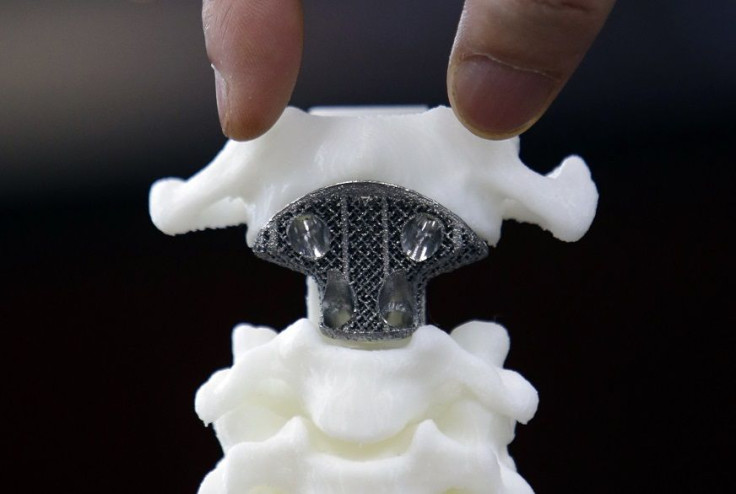Truth is stranger than fiction: 3D printers to create body parts
People looking for organ transplant can now relax with the 3D printers that can create organs with tissues.

Thousands of people who are waiting for a life-saving organ transplant can put their thoughts to rest as a ground-breaking technology in the field of medical science has the potential to save hundreds and thousands of lives.
A Polish firefighter Darek Fidyka became the first one to recover sensory as well as motor function after the total severing of his spinal cord, in a process that involves using stem cells, in 2014. Apart from that, a team of scientists have also announced the creation of 3D-printed guide, which helps regenerate complex nerves after injury, says a report in IPWatchdog.com.
3D printing is now considered a great marriage to the field of regenerative medicine where the damaged tissues or organs can be repaired through stem cell therapy. Apart from saving thousands of lives each year, this technology raises issues related to patent law that cannot be ignored.
Biofabrication, a recently created term, is very new and so promising in the medical world. This convergence between medicine and technology has helped in repairing nerves, which was once thought to be an unreachable goal.
According to a Business insider report, this technology is not just printing in metal. Recently in Australia, scientists created new ribs for a man diagnosed with cancer. The body tissue itself can be re-crafted to create new parts.
But there is a debate regarding whether human organs and/or tissues that are created through 3D printing process use naturally occurring cells that are eligible for patenting. According to the innovation, stem cells that have the potential to self-renew can now be loaded into a printer and new shapes will print, which will include three-dimensional tissues as well as structures.
In the journal Advanced Functional Materials, a study was published that showed how researchers used a combination of 3D imaging as well as 3D printing to create a silicone guide implanted with biochemical cues to help the nerve to regenerate.
However, titanium hip joints are being printed that can be custom-made for a precise fit and more durable than the original one. Further, the next step will include replacement of external parts like ears by building healthy new parts layer by layer, using live tissue as the ink in the 3D printer.
Contact the writer at feedback@ibtimes.com.au, or let us know what you think below.




















